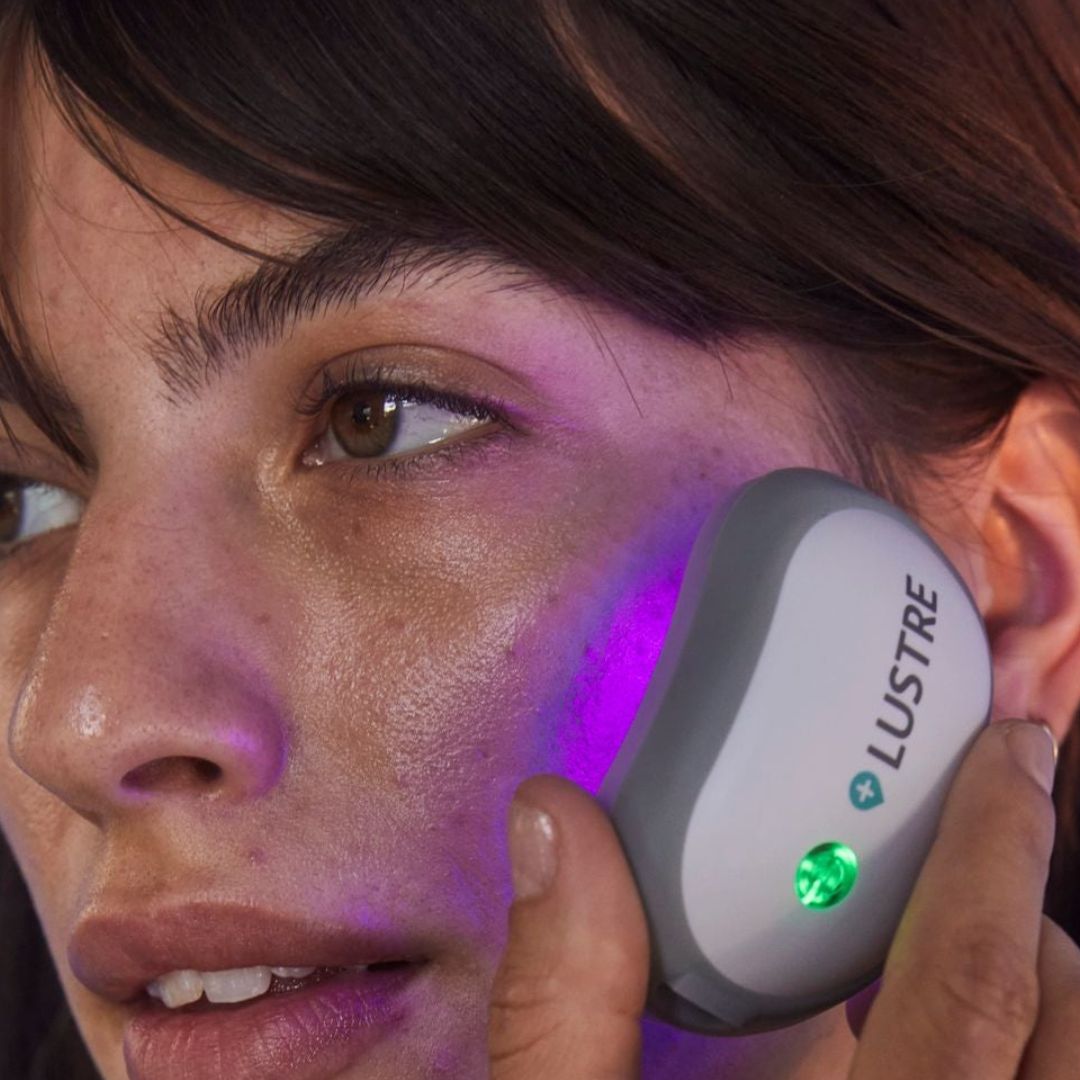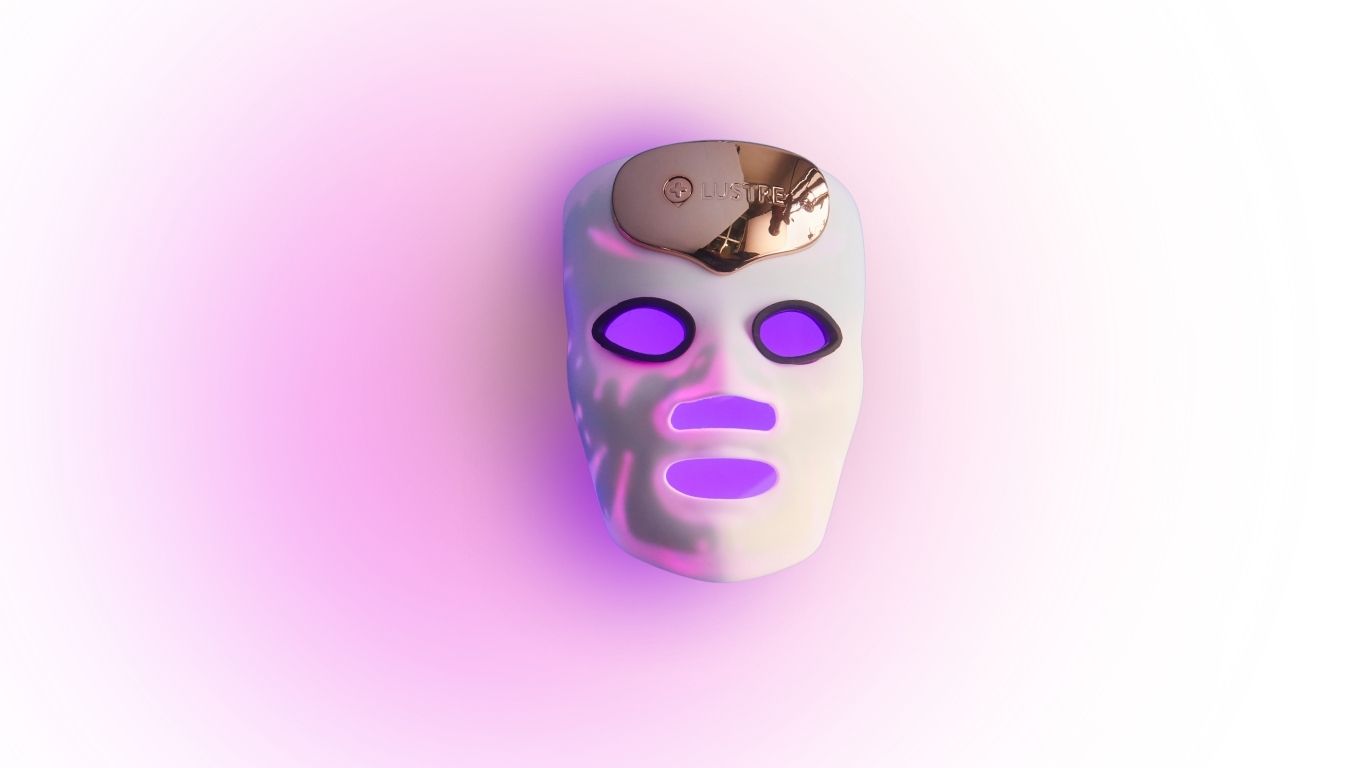“Not understanding the process of acne and how to manage it can
often lead to making spots worse”
Many of us spend a lot of money on different types of branded skin care products, and over the counter treatments, which do not have the rigorous medical assessment and license of a Cosmeceutical or a Pharmaceutical treatment.
The media & market is inundated with products and it’s often difficult to make the right choices about the right skincare.
Prescribed topical creams and/or antibiotics
When you visit your GP, about acne, it is likely you will be prescribed topical creams and/or antibiotics, or if you are female, certain types of contraceptives. All of which can have side effects.
Prescribed skin care wash
Some of us might be prescribed harsh skin care washes which can irritate the skin and often lead us to stop using the treatment all together.
This is because the appearance of the skin and the redness often looks worse than the spots.
Acne sufferers certainly require specific skin care products. All people have different skin care tolerance - therefore, it is important to seek professional advice.
The importance of a good skincare routine
Maintaining a consistent skincare routine will help keep a healthy and clear skin.
Check out our tips here.
Some Basic Facts.
A common skin condition
Acne is a common skin problem that affects 90% of teenagers (aged 13-18 years) at some point. Predominately viewed as an adolescent problem, it can persist into adulthood.
It usually starts during puberty and can range from a few spots on the face to a more severe spread on the neck, back and/or chest. For most it tends to go away by early or mid-twenties. Acne can sometimes however develop in the late twenties and beyond.
Acne in adulthood has a number of trigger factors:
Genetics play a role
There is a genetic predisposition you are more likely to have acne if your parents had acne and it may be that we are inheriting more strains of acne-causing bacteria that induce more inflammation and scarring.
stress can be a cause of breakouts
While stress has no direct impact on our spots, it triggers excess oiliness – sebum, which is the key contributor to spots and acne. How does this happen? At times of heightened stress, different hormones, including cortisol, are released as part of the skin’s immune system which leads to the increase in the oily, protective substance naturally produced by sebaceous glands. Unfortunately for our visual appearance, this also triggers and inflames the glands, which in turn often causes acne flare-ups..
Home workouts can contribute to a rise in body acne
Body acne can affect parts of our body such as back, shoulders or even buttocks! It happens when various debris, such as dirt and oil (sebum), clog a pore. Why do home workouts may contribute to more spots on our bodies? This is because after these home workouts, we are less likely to immediately shower and change. And sitting around in sweaty clothes can exacerbate acne as it can cause more friction between our skin, our clothes and our sofa, thus making spots more likely.
healthy gut = healthy skin
The gut is home to a huge number of bacteria (collectively known as the microbiome) and these bacteria play a crucial role in keeping the gut healthy as well as ensuring optimum absorption of essential nutrients. A healthy gut will have a diverse variety of many different bacteria and these can roughly be divided into two camps – good bacteria and bad bacteria.
Numerous studies show that having more “good” bacteria than “bad” can positively impact our health and our skin.
If you would like to find out more about the role of microbiomes and what you can do to maintain a healthy gut, you can visit our blog: Does your gut hold the secret for healthy skin?
Acne Cosmetica
The term refers to breakouts that are caused by products we apply to our skin and hair: makeup, conditioners, shampoos and styling products. These can clog the pores and trigger spots.
These breakouts are characterised with tiny bumps and whiteheads on the face, especially the cheeks, chin, forehead and the hairline. As it takes anywhere from a few days to months to these blemishes to appear and the product labels clearly indicating 'oil-free' and 'non-comedogenic' products are not regulated, identifying the culprit on your shelf is not always easy.
Seasonal challenges
The colder months of the year impose us to numerous factors that can lead to new breakouts: from stress triggered by the final preparations for the festive season through the impacts of shorter days with less daylight to seasonal variations in our diet.
In her blog, Dr Sam Robson, medical director at Temple Clinic, discusses causative factors in relation to Covid-19 and shares some simple tips to control breakouts and calm the skin during the cold season.
The new nemesis: Maskne
With much of the world’s population wearing masks and facial coverings on a regular daily basis, our skin is reacting in a less than desirable way. 2020 has given us a lot of unexpected curveballs, including #maskne, a new hashtag that went viral in no time and wouldn’t have made any sense to our 2019 minds.
If you usually don't have breakouts but suddenly found yourself with new spots especially on your chin and cheeks, you are suffering from mask induced acne.
If you would like to learn more about this new phenomena and what you can do to manage it, you might be interested in the following articles:
- Battling #Maskne Woes with Blue Light Therapy from LUSTRE® ClearSkin
- Maskne. What just happened to our faces?
The Acne bacteria - now known as Cutibacterium Acnes - live on everyone’s skin
What causes acne?
Our sebaceous (oil producing) glands are affected by our hormones. In people who have Acne, the glands are particularly sensitive even to the normal blood levels of these hormones. This causes the glands to produce too much oil and grease, and at the same time the lining of the pores (the small holes in the skin surface) become thickened and the dead cells are not shed properly.
A mixture of the sebum and dead cells build up which plugs the pores, producing blackheads and whiteheads. The plug of dead skin cells turns black from exposure to air - not due to dirt.
Acne can be inflamed with spots and pustules or just blackheads and blocked pores.
Type of acne
Usually causing no problems, for those with Acne the build-up of oil is an ideal environment for the bacteria to multiply. This is accompanied by inflammation which leads to the formation of red, swollen or pus-filled spots.
Blackheads - open Comedones (no inflammation)
Whiteheads - overstimulation of the sebaceous glands (no inflammation)
Pustules and Nodules - proliferation of Cutibacterium Acnes (formerly Propionibacterium Acnes)
Nodules and Severe, Deep Inflammation - risk of permanent scars
Stages of acne
Severe Acne is often wide-spread and can affect the face and neck or chest or back.
We often don’t relate non-inflammatory acne with ‘Acne’, dismissing the subtler signs of it as temporary breakouts which go away on their own. However, this can progress as a chronic inflammation of the pilosebacous uniti which leads to more problematic Acne and even scarring.
STAGE 1

Oily skin
Clogged pores
Slight Acne
STAGE 2

Oily skin
Clogged pores
Lots of Acne
STAGE 3

Oily and inflamed skin
Clogged pores
Acne, papules and pustules
STAGE 4

Oily and very inflamed skin
Clogged pores, severe Acne
Many papules and pustules
Each progressive stage of Acne manifests a variety of different problems, it can be painful and uncomfortable and may lead to scarring. All of the stages require some intervention to prevent the progression of the condition.
For years now, dermatologists have also used another less known but very effective
treatment: Blue Light Therapy.
Find out how Blue Light Technology can help.















